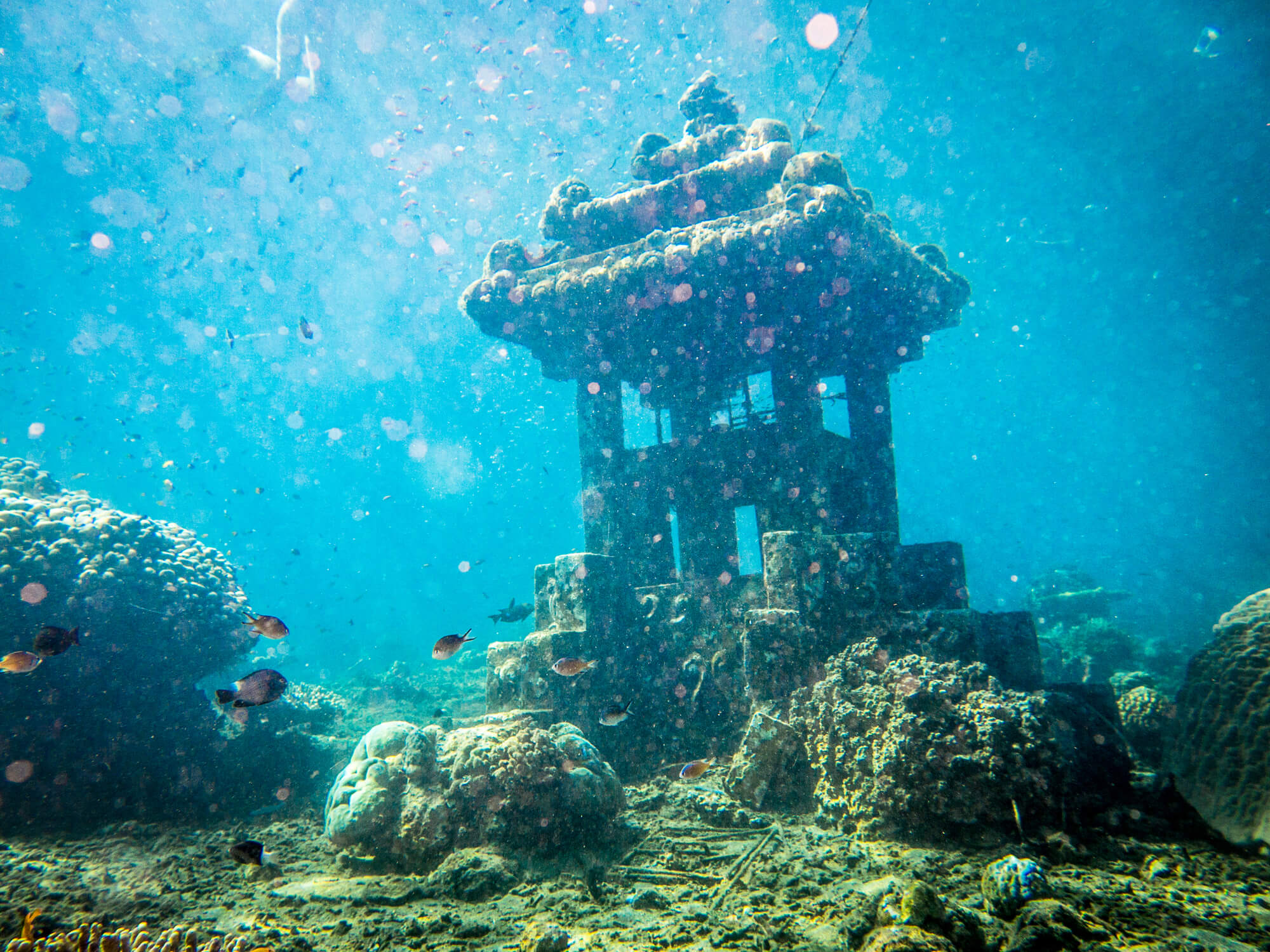Bali is one of the top-rated travel destinations in the world. Located in the south of Indonesia, it has been consistently ranked as one of the world’s best island destinations. There is so much to do there, from relaxing on top-rated beaches to partaking in world-class dining experiences. No trip to Bali would be complete, however, without delving into the depths of the waters around it. Diving in Bali is a must-do activity for any tourist, no matter your diving experience.
Going diving in Bali is an adventure unlike any other. Bali is part of the Coral Triangle, an area of tropical marine waters that surround Indonesia, Malaysia, and the Philippines. Some of the best marine life in the world can be found in this region of the world. In fact, the Coral Triangle has over 500 different reef-building coral (seven times more coral than that can be found in the Caribbean) and is home to 76% of all known coral species. Seeing this beautiful underwater world is not something you want to miss.

Where To Begin
Whether you are an absolute beginner or are on your way to becoming a certified professional, there is a diving experience for you in Bali. The first thing you would want to consider is what type of certification you are looking for.
PADI-accredited locations (Professional Association of Diving Instructors) are recognized worldwide for their diving expertise. Should you be interested in diving in other locations besides Bali, you may want to consider a certification through a PADI dive shop, as these certifications are accepted throughout the world.
You do not have to be PADI-certified to go diving in Bali, however. There are dive shops throughout the island that will take you on single-day diving trips. These trips usually take place in very small groups, with a low amateur-to-professional ratio, to ensure everyone’s safety. These “try diving” trips are a great way to still see the beauty of the underwater locales without the time commitment required to become a certified diver. Most of these schools will also offer snorkelling opportunities if there are some in your party who are uncomfortable with, or are unable to, dive.
If you are able to get certified before you visit Bali, you will have the most diving opportunities available to you. It is recommended that you have at least an Advanced Open Water certification, with the qualification for deep diving, to be able to dive the wrecks and caves around the island.

When to Visit
Bali is part of the Indonesian islands, and, as such, is subject to the tropical weather found throughout the region. This means there is a dry season and a wet (monsoon) season. Although many people will tell you to avoid travelling to Bali during monsoon season, there are some advantages to doing so. The weather is still comfortably warm, and the rain tends to occur mainly at night, which wouldn’t affect most dives. Also, the prices for accommodations and flights drop considerably during the offseason.
The preferable season for visiting Bali is April to November. However, you will find prices to be higher and the beaches to be more crowded. Another reason to visit during this time would be if you are interested in diving alongside the Mola-Mola or the ocean sunfish.

The Mola-Mola is the world’s heaviest bony fish and a major attraction for divers who come to Bali. As the Mola-Mola prefers cold water, they will usually only come up to recreational diving depths from July to September, with an almost consistent daily viewing of them. If seeing the Mola-Mola is something you are interested in, travel in July, August, or September, is a must.
Where To Dive
Should you be an experienced diver with your own equipment and certifications, you may dive on your own in many places around the island. Most dives begin on shore, with the equipment carried out to sea and then put on in the ocean. As such, there is little to no barrier of entry to diving these locations on your own.
If you need to get certified, or you want to go diving in a group or with a guide, there are many locations throughout the island that will give you an amazing diving experience. This guide will help you to determine some of the differences between dive schools and island locations.
It is good to keep in mind that, even though most dive shops are located on the southern side of the island, there are great diving spots on the eastern and northern shores of Bali as well. Many visitors will split their time travelling throughout the various island spots, to get the most out of their diving experience.
Read more: Why you must go diving at least once in your life



Wow, such an amazing post.